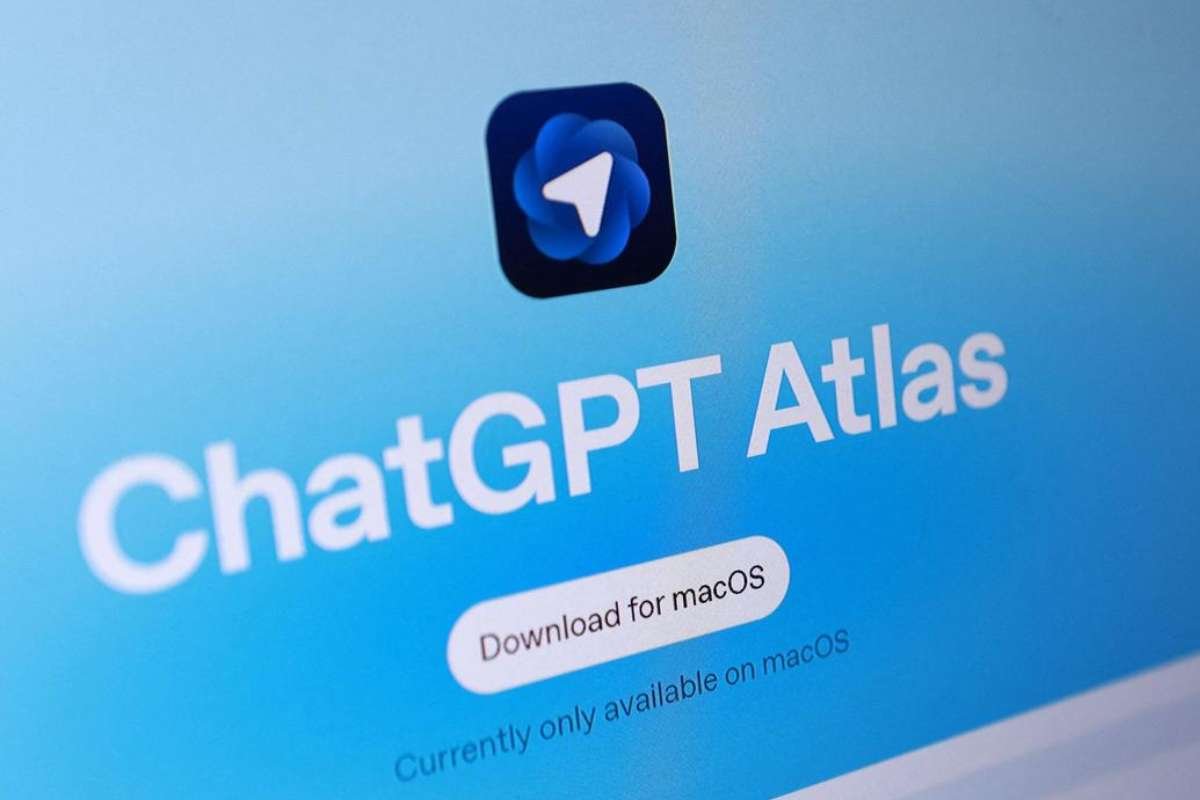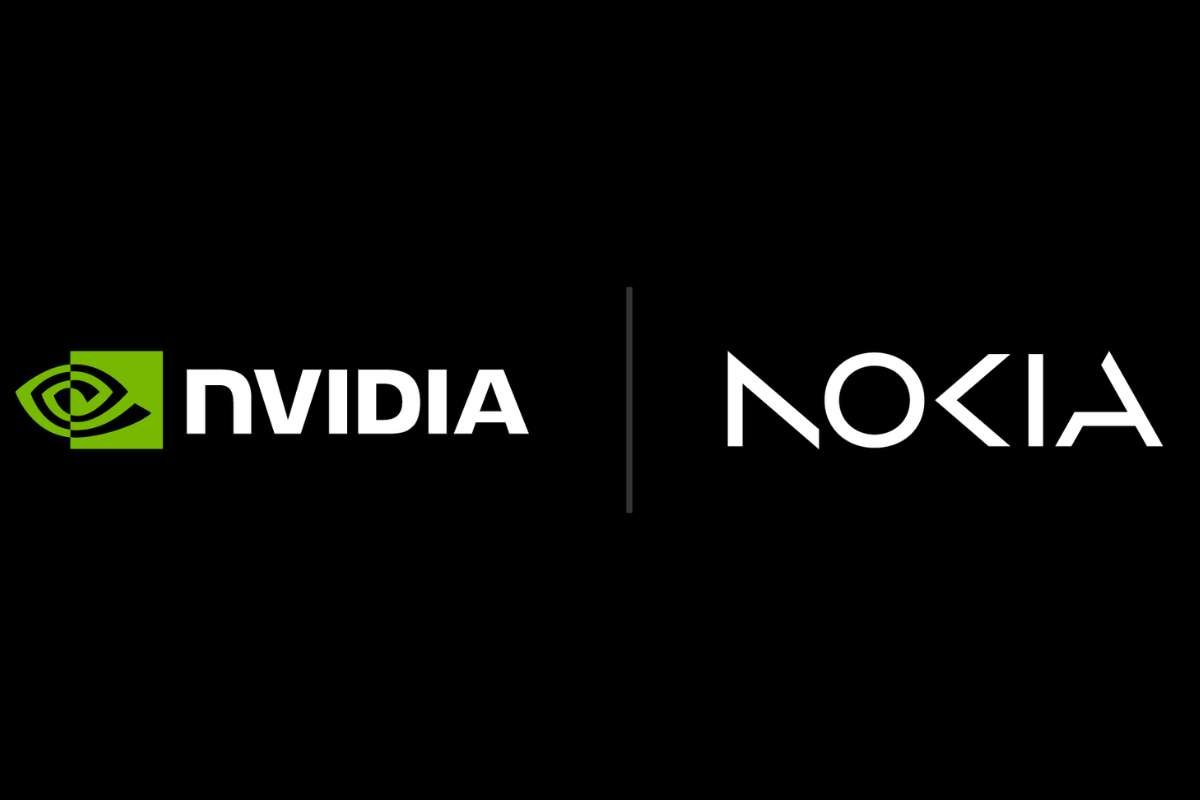Key Points:
- NASA halts operations, furloughs 15,000 staff.
- Essential missions like ISS and Artemis continue.
- Shutdown delays research and weakens U.S. space leadership.
NASA halts operations as the U.S. government shutdown triggers large-scale furloughs, forcing over 15,000 employees to stop work indefinitely. The space agency confirmed that the shutdown has effectively paused most of its programs, research, and outreach activities, with only a limited number of essential missions continuing.
Of NASA’s roughly 18,000 civil servants, just over 3,100 have been classified as “excepted” personnel, those whose roles are deemed critical to life, safety, or national security. These employees continue operating key missions, such as maintaining communications with the International Space Station (ISS) and overseeing spacecraft that cannot safely be left unattended.
Meanwhile, public engagement operations, social media activity, educational outreach, and visitor centres have been temporarily shuttered. Scientists and researchers across NASA’s centres are now in limbo, awaiting congressional action to restore funding. While furloughed workers are guaranteed back pay once the shutdown ends, uncertainty looms over how long the disruption will last.
Essential Missions and Artemis Program Continue
Despite the broad suspension of work, NASA Halts Operations has kept critical missions online. The ISS remains fully operational, supported by a dedicated flight control team working around the clock. Earth-monitoring satellites that provide essential data on weather patterns, natural disasters, and climate events are also being maintained to ensure public safety.
A notable inclusion in the agency’s shutdown plan is the protection of the Artemis lunar program, which aims to return astronauts to the Moon later this decade. Unlike in previous shutdowns, the entire Artemis initiative has been classified under the “excepted” category. This decision reflects NASA’s intent to safeguard the timeline for Artemis II, currently targeted for early 2026, a mission that will send astronauts on a crewed flight around the Moon.
Any delays in Artemis II could cascade into subsequent missions, including Artemis III, the long-awaited lunar landing. Analysts suggest that setbacks in the program could have broader geopolitical implications as global competitors like China accelerate their own lunar exploration ambitions.
The shutdown guidance also introduced tighter restrictions on how NASA can use existing carryover funds, sparking debate among policy experts. The agency is now limited to using surplus funds only for activities directly authorised under emergency or safety provisions. This could temporarily divert focus from research and innovation toward maintaining baseline operational stability.
Broader Impacts and Uncertain Outlook
NASA halts operations and estimates that it will take only half a day to fully secure facilities and complete the orderly suspension of non-critical work. However, the longer the shutdown persists, the more severe the repercussions will be for ongoing projects, contractors, and scientific progress.
Contractors with pre-funded projects may continue temporarily, but many are expected to pause operations soon without NASA oversight. Employees are legally prohibited from volunteering their services during the funding lapse, further slowing momentum across research centres.
The ripple effects extend beyond NASA. University partnerships, private space collaborations, and data-sharing programs are also impacted, delaying scientific studies and potentially affecting future spaceflight schedules.
Space policy experts warn that prolonged funding delays could erode international confidence in U.S. space leadership and stall momentum toward critical goals like lunar exploration and Mars mission planning. Until Congress reaches an agreement to restore funding, much of America’s civilian space enterprise, from planetary science to public outreach, remains in suspension, waiting for liftoff once again.
Visit The Enterprise World for the most recent information.

















